"Peter Frost is a walking, talking encyclopaedia of the rare, the obscure and the unconventional vehicles to have come from behind the Iron Curtain. From Tatras to Trabants, and Wartburgs to Zaporozhets, his collection of Cold War classics is unrivalled "

Peter Frost’s living museum of motoring curiosities
Meet the man who revels in the obscure, the offbeat and the downright weird and wonderful world of automotive oddities
Peter Frost cheerfully admits that some people think he’s a little bit crazy.
Not necessarily because of the 21 cars and motorbikes crammed into garages and sheds and hidden under covers behind his semi-detached west London home.
Nor because not one of those vehicles is newer than 24 years old – a trusty Skoda Favorit that’s the closest thing he has to a “daily driver”.
It’s the nature of his collection that marks him out as possibly the UK’s most eccentric hoarder of motoring curiosities, many of them so rare you could drive for a lifetime and not see another.
That so many of his vehicles originate from behind the Iron Curtain, machines generally looked down upon by western motorists for decades, is what raises so many eyebrows.
There’s the Ukraine-made Zaporozhets 968; the two colossal Tatras, built in what was then Czechoslovakia; the Polish-built WFM Osa scooter, one of only two UK specification models made; and the Czech-built Velorex three-wheeler, with leather cloth bodywork wrapped around steel tubing.
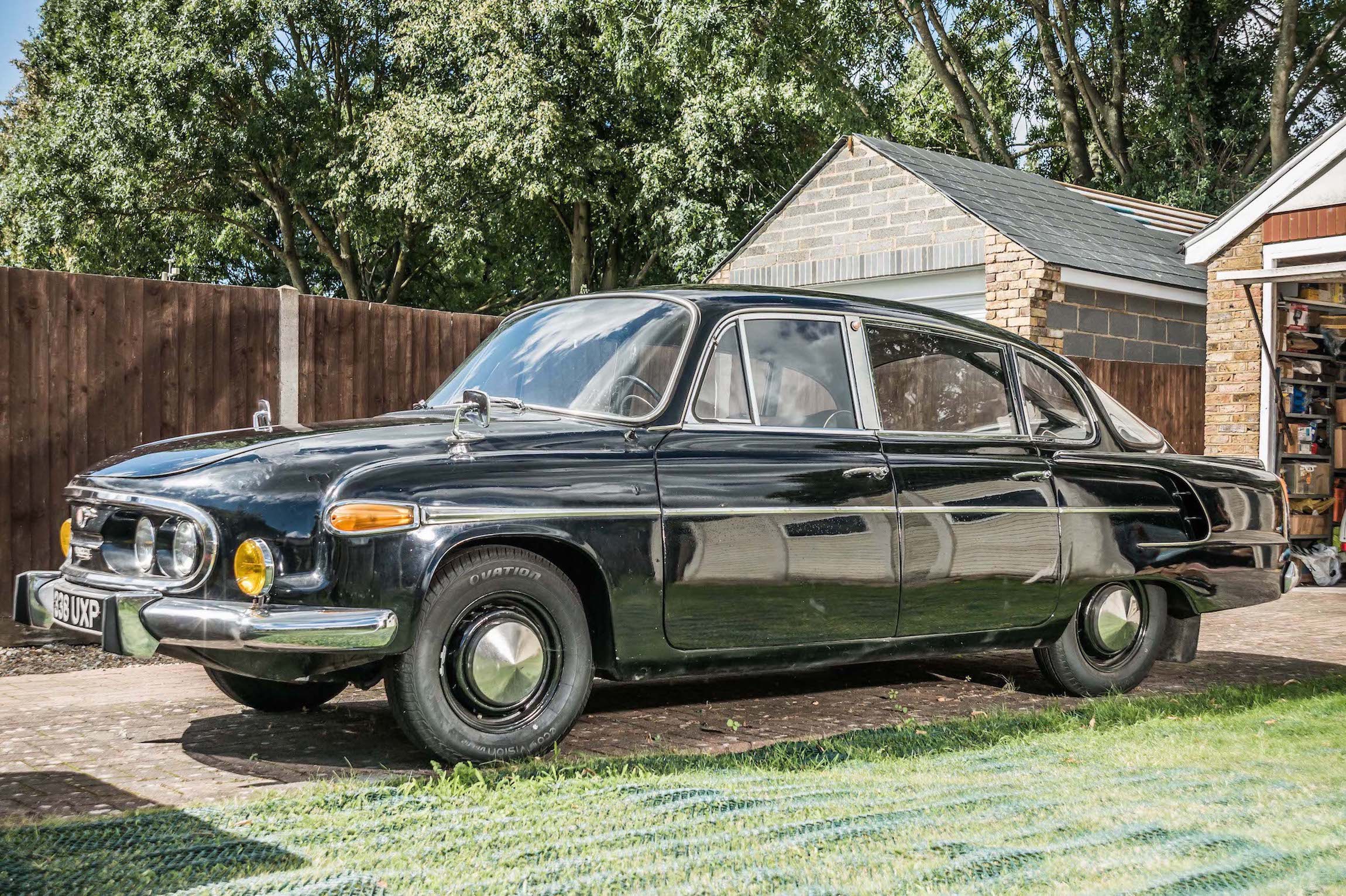
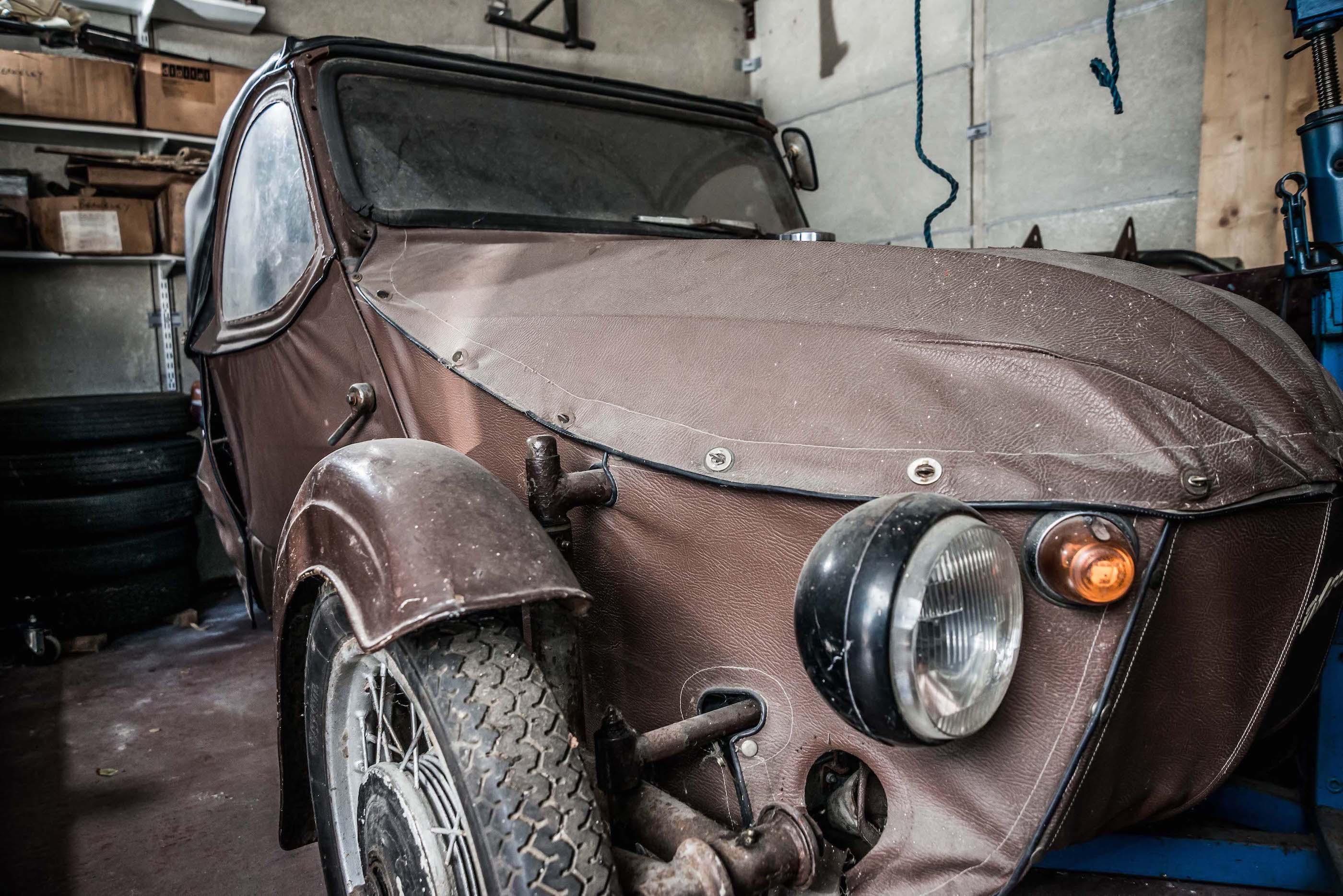
The more recognisable Trabant P601, famed for carrying East Germans across the border at the fall of the Berlin Wall, is joined by two Wartburgs, a Russian Ural motorcycle with Dnepr sidecar, and more bikes and scooters from Poland, Czechoslovakia, East Germany and Russia.
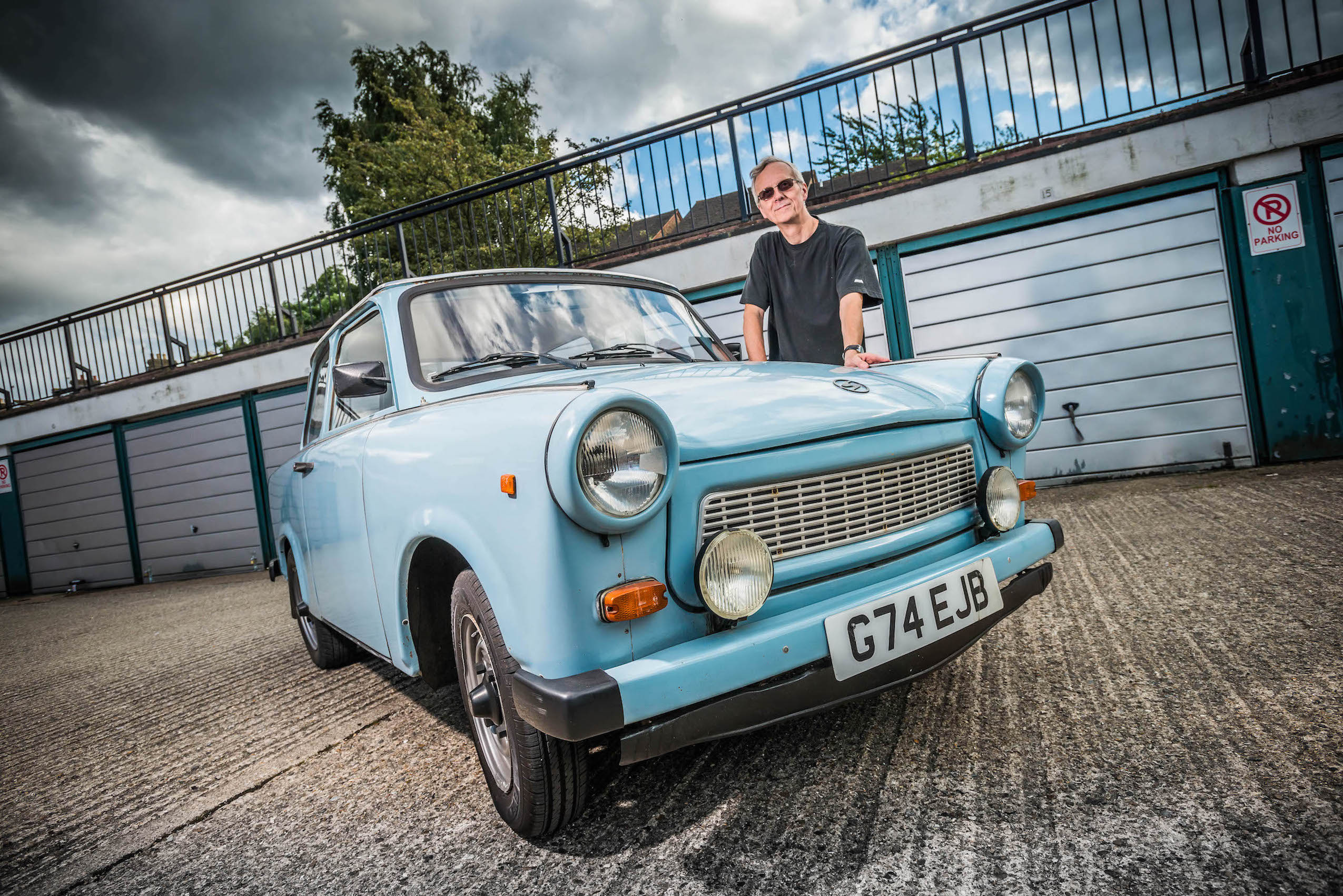
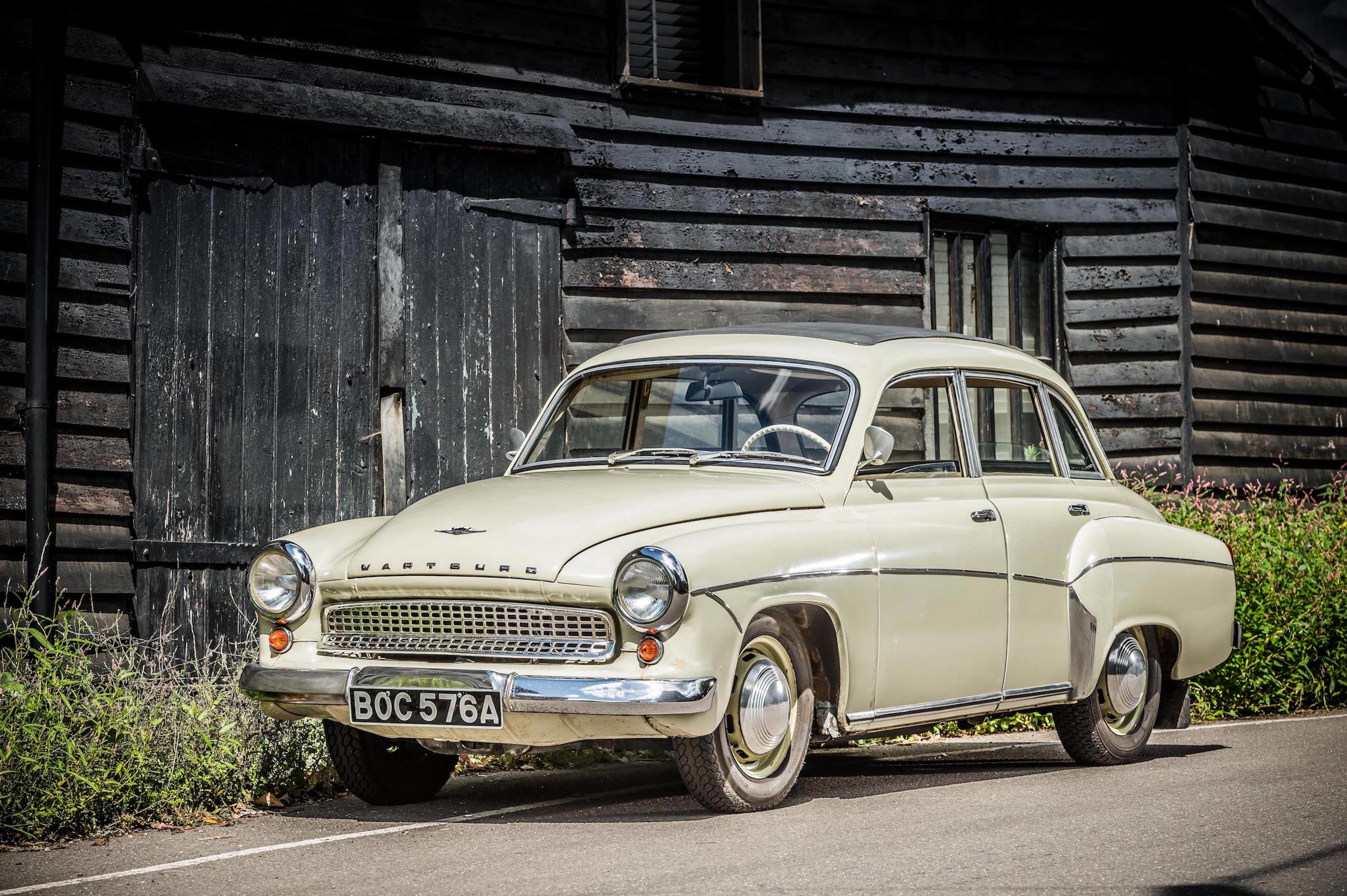
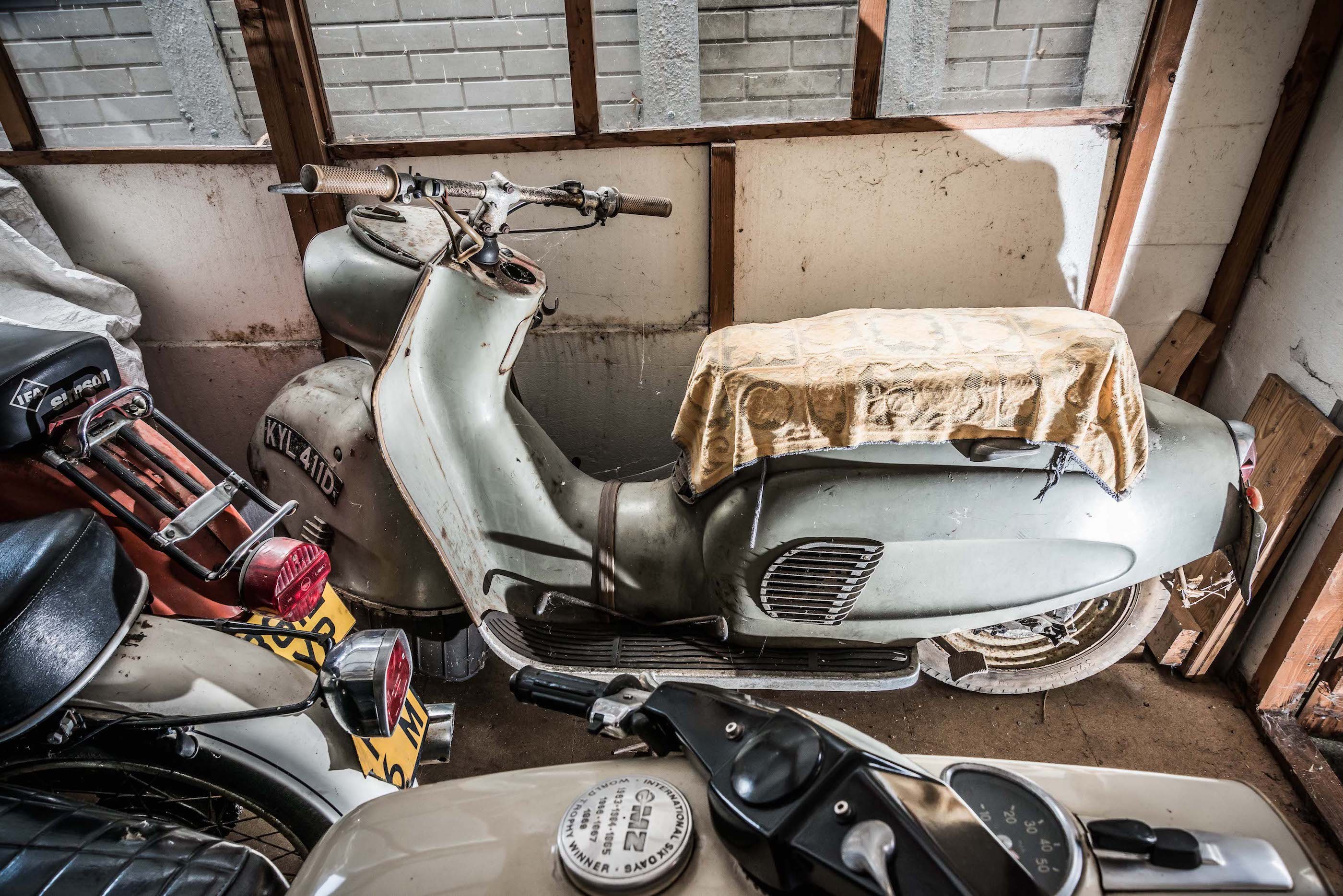
But Peter’s passion extends far beyond the vehicles of the Eastern Bloc, with a pair of ultra-rare, British-built AF Spider three-wheelers jockeying for position with an Italian Benelli motorcycle, a Berkeley T60 three-wheeler undergoing a rebuild, and the motorcycle that started it all – a DMW Deemster scooter-cum-motorbike made in Wolverhampton.
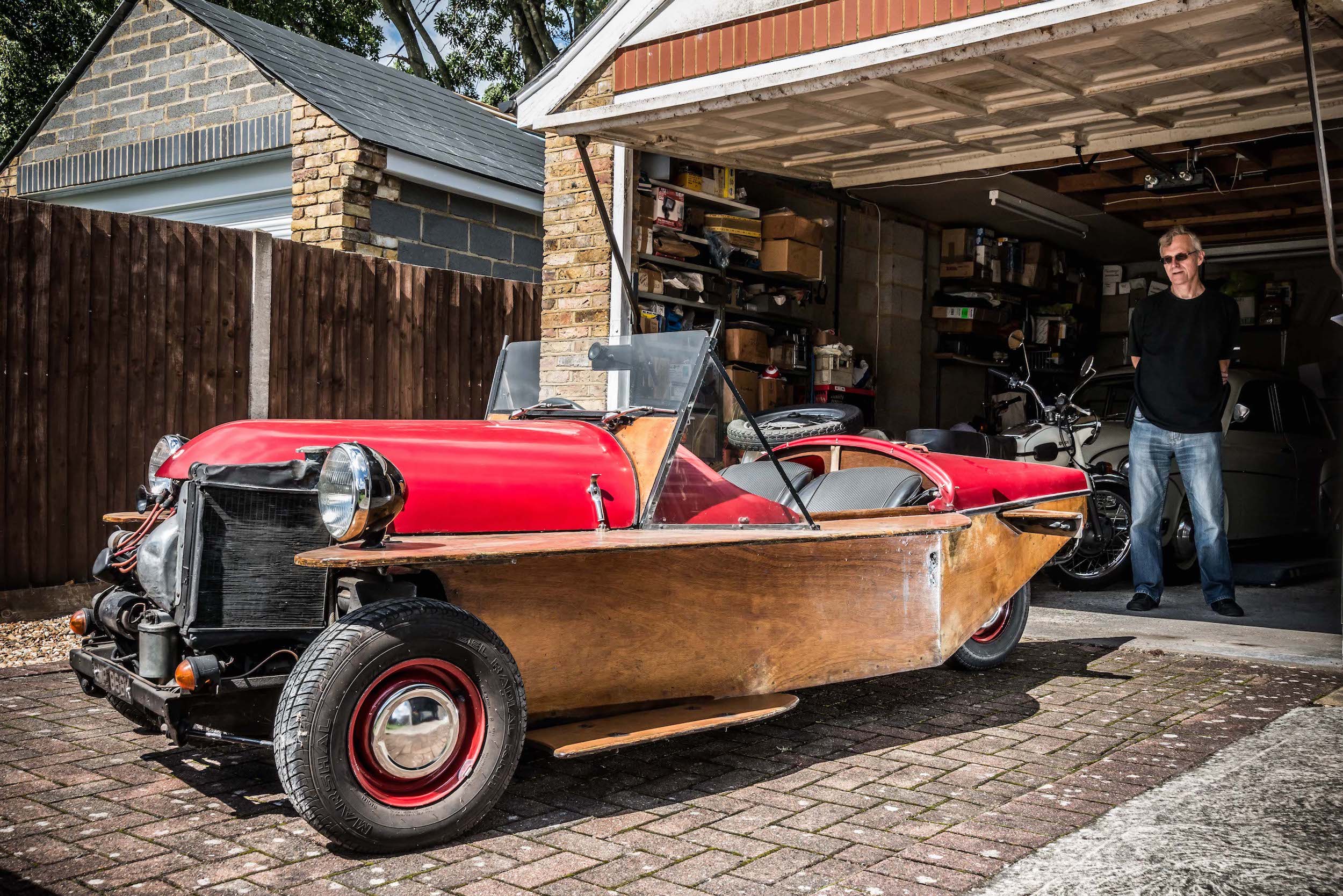
“My interest really is in things that are mechanically unusual rather than specifically vehicles from eastern Europe – it just so happens that they produced a lot of interesting things,” says Peter, a retired software engineer.
“I was always interested in them from when I was a boy. I would look through The Observer’s Book of Automobiles, which would include cars that came from behind the Iron Curtain.
“Then when I was old enough to drive I didn’t have much money so was always looking for things that were cheap and needed fixing. I became more interested in the technology and the history of these vehicles, and it grew from there.”
In 1973, at the age of 19, Peter bought the ex-police DMW scooter after seeing an advert in Exchange and Mart magazine.
“It was pretty much the bike that introduced me to weird and wonderful machinery, because back in those days when I was riding it around no-one had seen one and people used to stop me and ask questions about it,” he says.
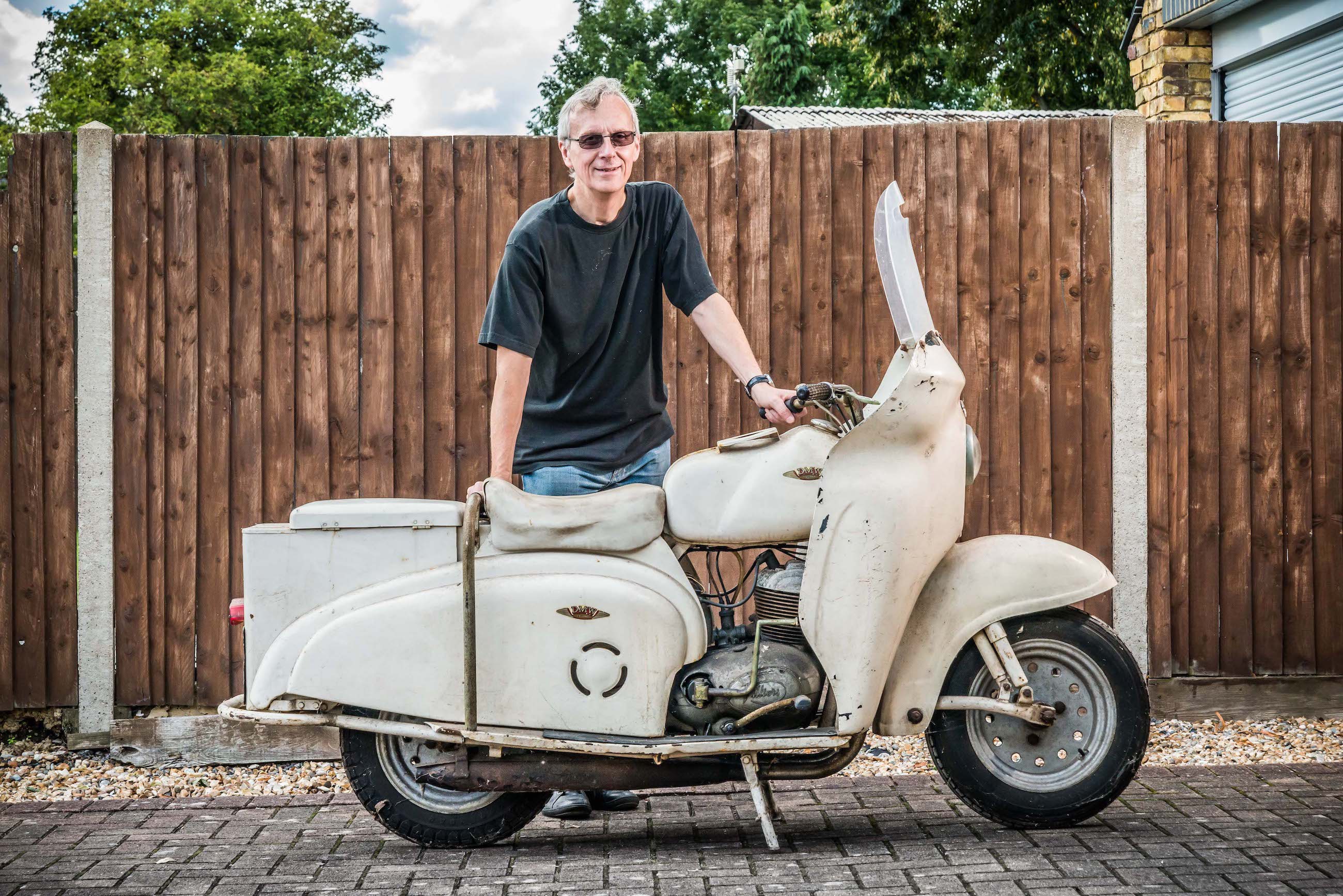
“That got me into researching the history and finding out things about them. I could never bear to part with it and, after a while, I ended up with two motorbikes, then three motorbikes, then four motorbikes, and then cars joined the scheme of things and I ended up with cars as well.
“As you can probably gather, I’ve always been better at buying than selling.”
Nevertheless, over the years Peter has sold a fair few too, admitting to having owned vehicles running “into three figures”.
As he grew older, Peter’s collection grew larger, more diverse, and increasingly difficult to house.
“I lived in a terraced house in Walthamstow, but luckily there was quite a large back yard and we constructed a garage and a covered area,” he says.
“I kept some of the motorbikes in the house and could easily push them through the front door, which opened onto the street, although the handlebars didn’t quite fit through the doorframe so by the time I sold the house there were a number of notches cut out at different heights for the different bikes.”
Although Peter has been known to hold open days where invited people can come and look at his collection, it’s far from a museum.
None of the cars or bikes are in concours condition, though they are kept smart and original enough to show, and all those capable of running are in regular use.
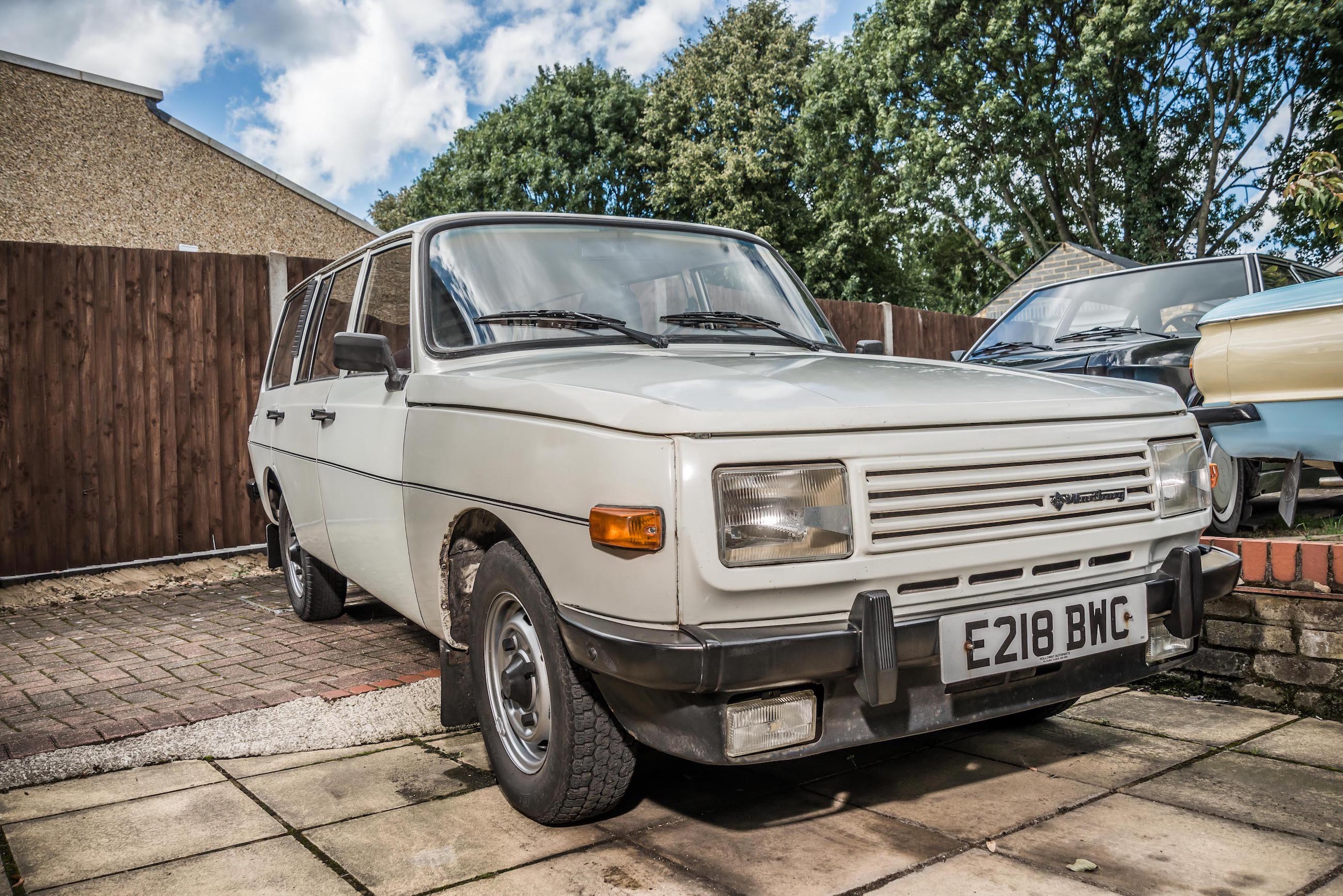
“I use my old cars all the time,” he says. “When I go shopping I go in an interesting car. I keep a diary of their use so I know what’s been used and what needs a run – that way I know they all get used rather than just sitting around.
“I often get in the Trabant and I get stopped by east Europeans who love it – they say ‘this was my car!’, that sort of thing. They’re always pleased to see it.”
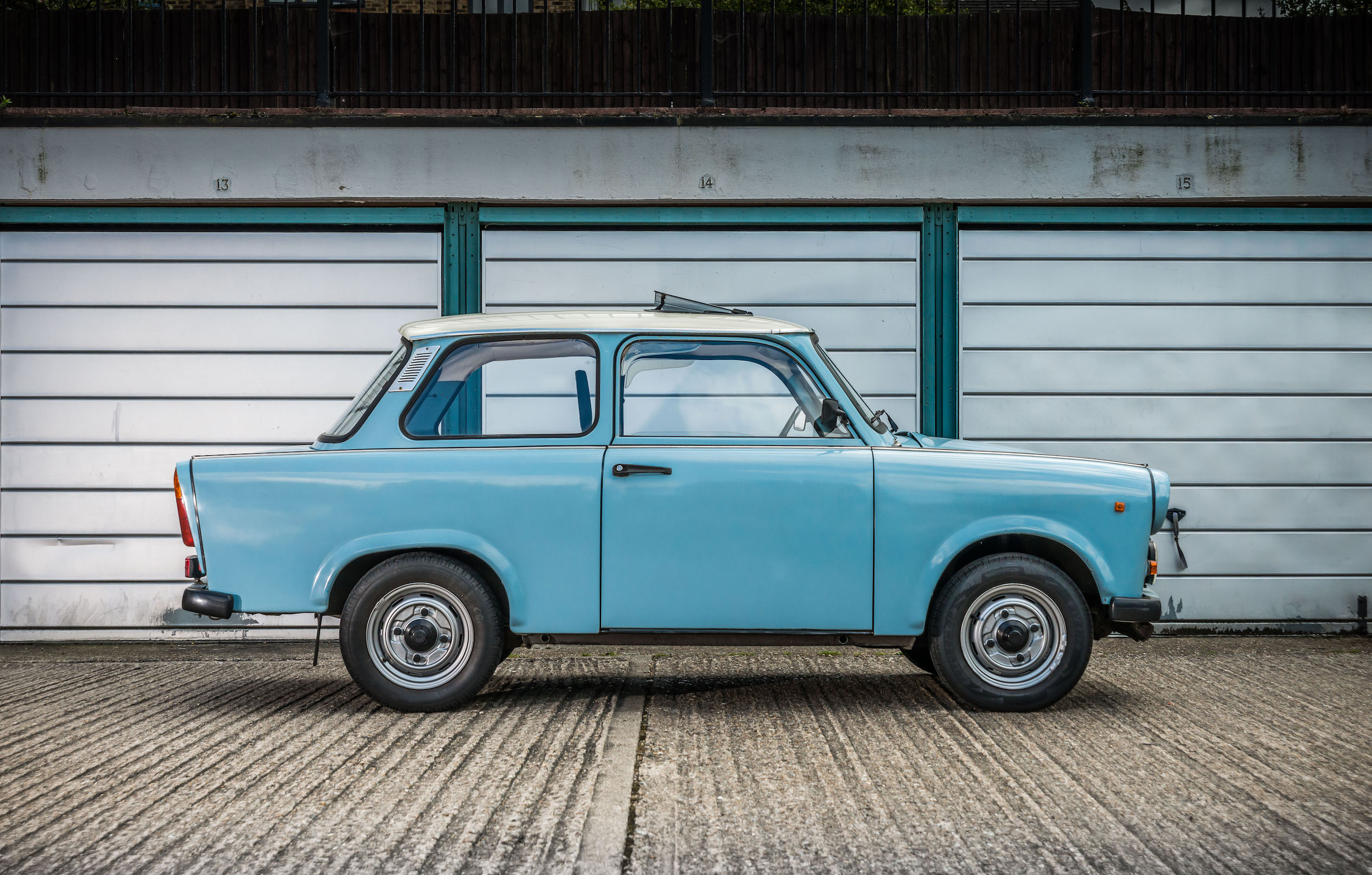
It’s a similar story in the Zaporozhets, the quirky Ukrainian car that features a rear-mounted, air-cooled, 1200cc V4 engine that Peter says is probably a unique configuration.
“Around this area there are quite a few people who originate from the old Soviet states,” says Peter. “They tend to get quite excited when they see it. When I go shopping in it, it’s not unusual for me to be waylaid by someone from Latvia or Ukraine or Russia who wants to have a chat about it and, at times, they’ve even wanted to sit in it.”
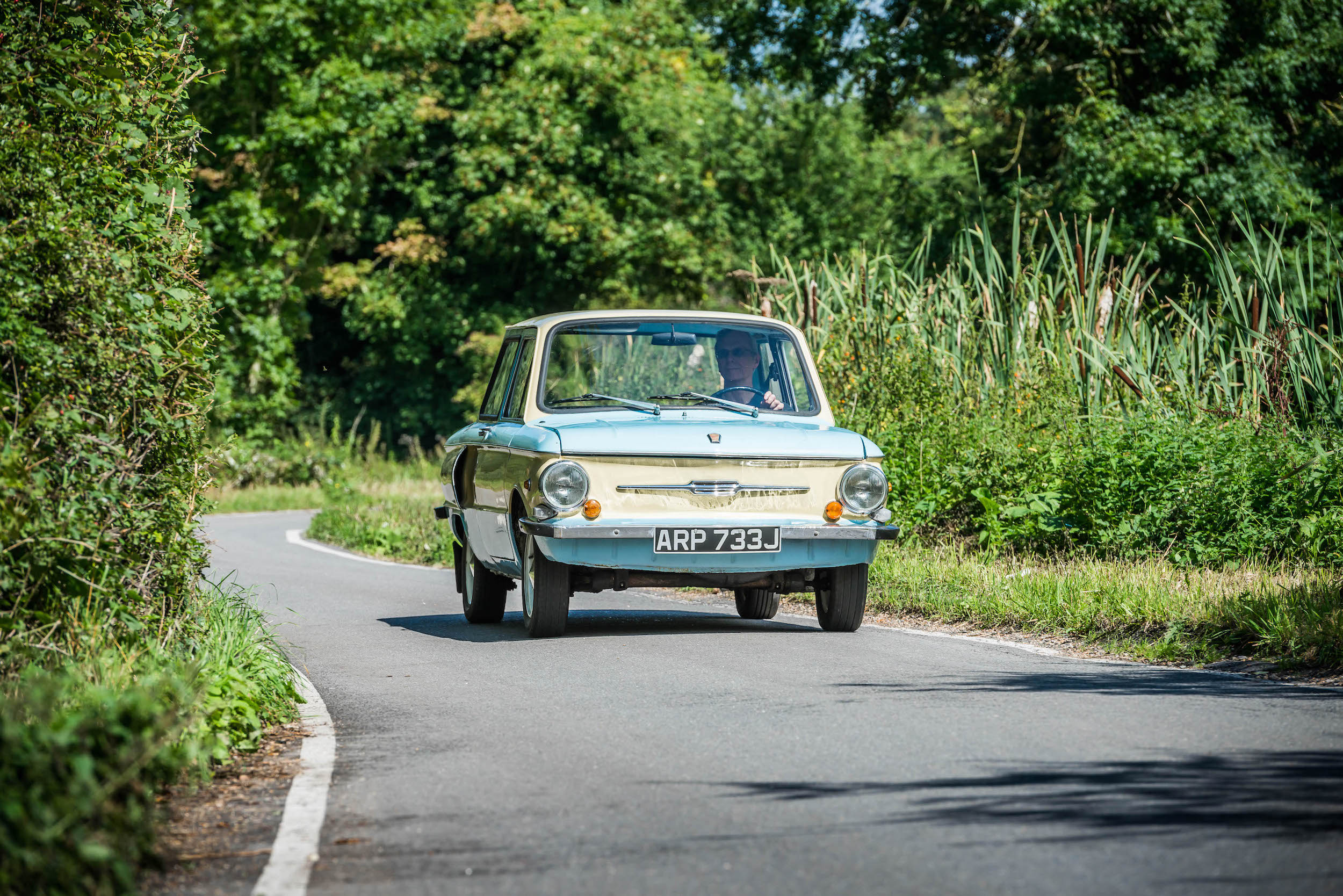
Peter is well aware of the reputation of some of his favourite vehicles; the 600cc, two-stroke Trabant, which celebrates its 60th birthday in November this year, has long been derided in the west as the epitome of communist failure.
But with three million Trabants sold, they did the job they were designed for in a cash-strapped East Germany that had no option but to conserve precious resources.
“A lot of these east European vehicles are very good, practical, easy-to-fix, and reliable vehicles when looked after,” he says.
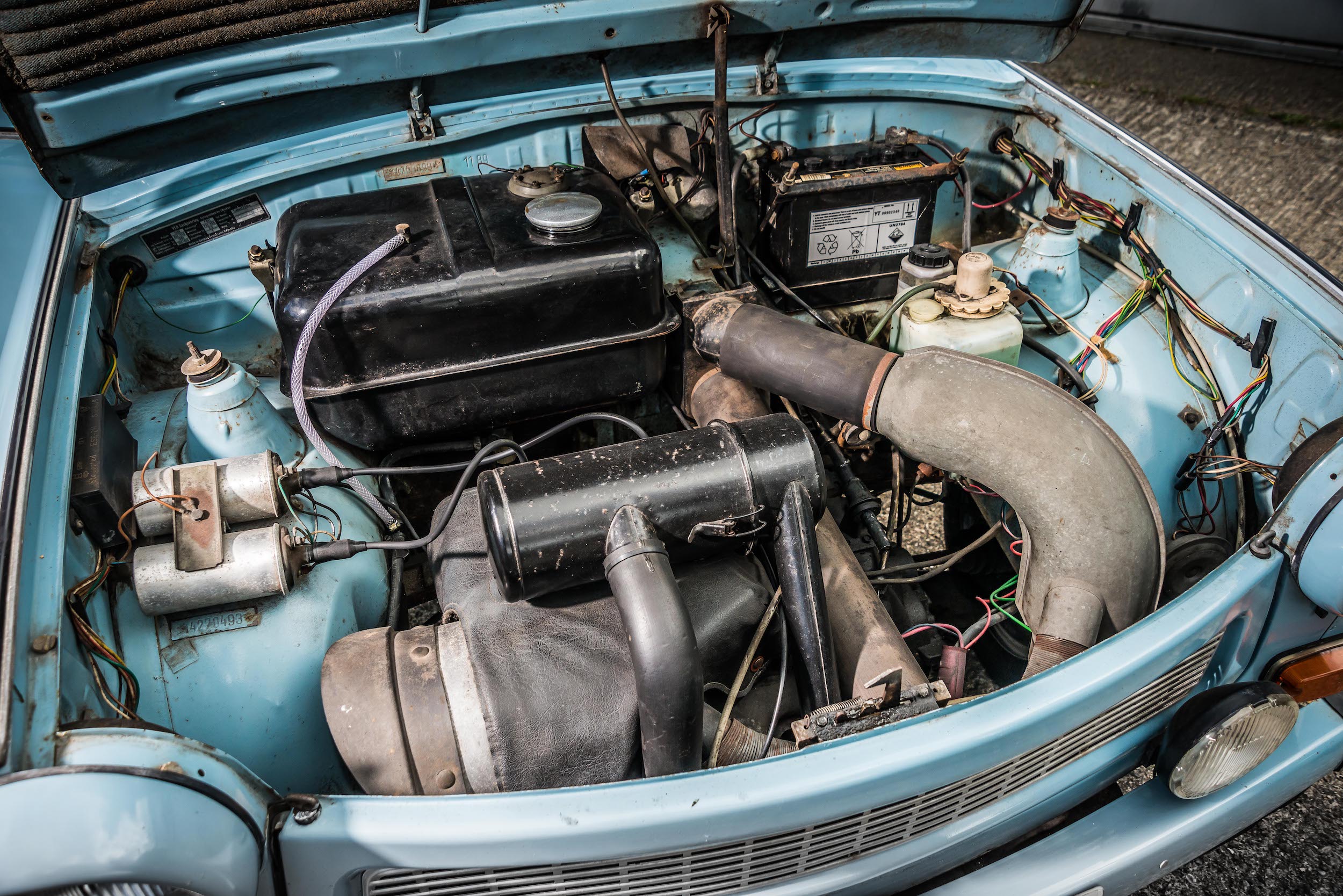
“Through all these years I’ve never had a Trabant fail to make it home, and I’ve driven all over Europe in old Skodas, another much-maligned car.”
The well-worn Trabant jokes, including the myth that it’s made of cardboard (it’s actually a tough plastic called Duroplast), are met by Peter with a straight bat.
“There’s a lot of nonsense spoken about them, but these myths have a habit of taking on a life of their own and they just get repeated,” he says.
“It’s actually a little like driving an early Mini – they’re very nippy, agile and they corner quite well. They’re a bit noisy inside, but then cars of the 1950s, which is when it was designed, were a bit noisy inside. It’s quite fun to drive really.
“It’s a very clever design and they are very practical little cars, very good around cities, easy to park, and very reliable.
“I compare them with things like Morris Minors and 2CVs, which I’ve driven. I think they compare very well with that sort of car. That’s the sort of market they were aimed at – a people’s car, cheap, efficient transport.”
The little car attracts plenty of attention on our photoshoot, a security guard at the private block of flats we choose for our location is interested enough not to move us on, while two old ladies stop for a chat and a man with a carrier bag shouts “nice car” from the walkway above.
Of course, none of them seem to have any idea what it is, and that’s par for the course for Peter on his travels.
“I get all sorts of questions and comments – is that a Harry Potter car is one of the favourites,” he says.
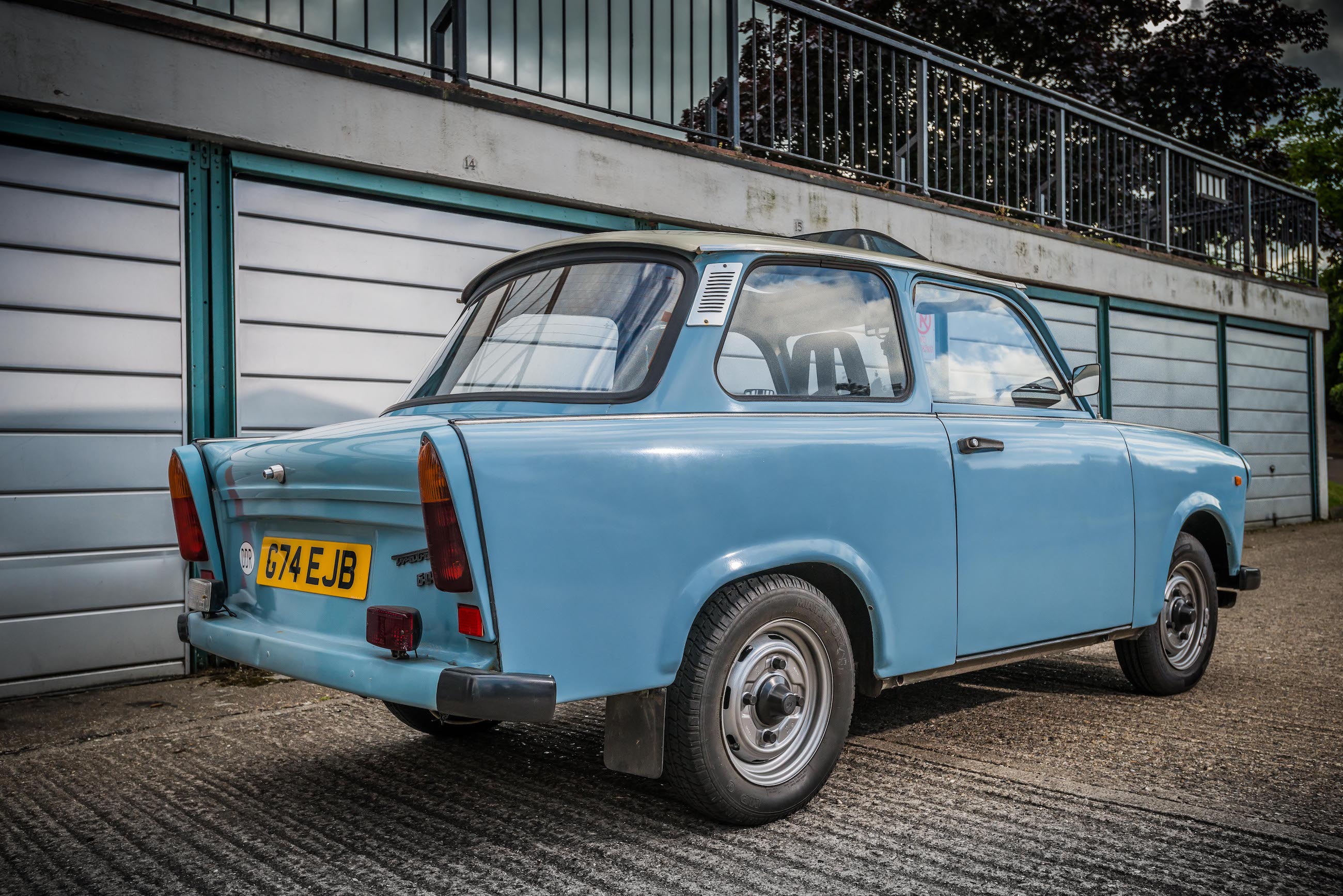
Peter acquired his first Trabant 601 not long after the fall of the Berlin Wall, in somewhat unusual circumstances.
“I had been interested in Trabants for a long time and, when the Wall came down, the Sun newspaper bought one, imported it into the country and gave it away as a prize in a competition,” he says.
“I entered the competition but didn’t win. But they published enough details of the woman who did win to enable me to contact her, and it turned out she couldn’t drive.
“I traced her and told her over the phone I was interested in buying the car, and asked her what she wanted for it. I went up on the train with the cash in my pocket and drove it home. It was quite an experience driving the car – I’d never driven a Trabant before and had to work out the gear positions on the steering column gear-change – but it was quite fun.
“It wasn’t running very well, it was January, and snowing, there were diversions on the motorway, the wipers weren’t working properly – they spent more time wiping the bonnet than the windscreen.
“The Sun probably stopped the first person they saw driving one, bought it and then did nothing to it – the fan belt was almost broken in three places where it was down to a single strand. It got me home though!”
That first Trabant was a 1984 model, and Peter subsequently sold it and replaced it with one built in the very month the Wall came down, November 1989.
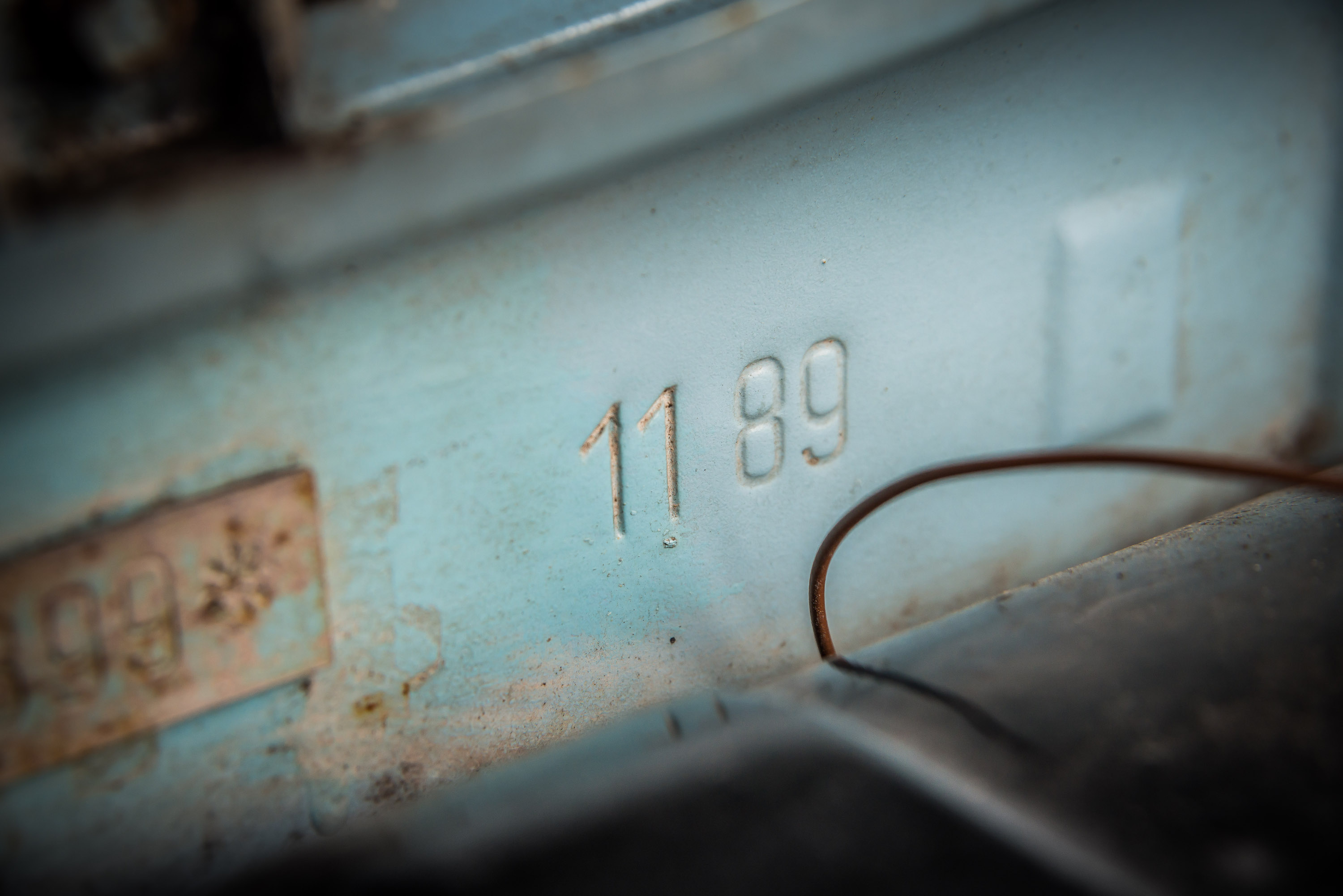
“The month and year of manufacture are stamped onto the bulkhead, and it’s one of the reasons I’ve kept hold of this one for so long,” he says.
“Somebody rang me up in the middle of the night and said ‘I’ve got a Trabant, do you want it?’ I asked how much? And he said he wanted £50. I said ‘OK that sounds good’ and he said ‘I will bring it round’ and he was there about two hours later!
“In daylight I thought it was in better condition than mine, so in the end I thought if I can get it registered, which was a bit of a challenge in those days because then the DVLA didn’t make it easy to register imported cars, I’d keep that and sell the other one.”
At any point, Peter has an outdoor and an indoor restoration project underway, with the recently-acquired Tatra 603, a large, upmarket Czech V8 saloon (outdoor) and the Berkeley (indoor) on the list for attention.
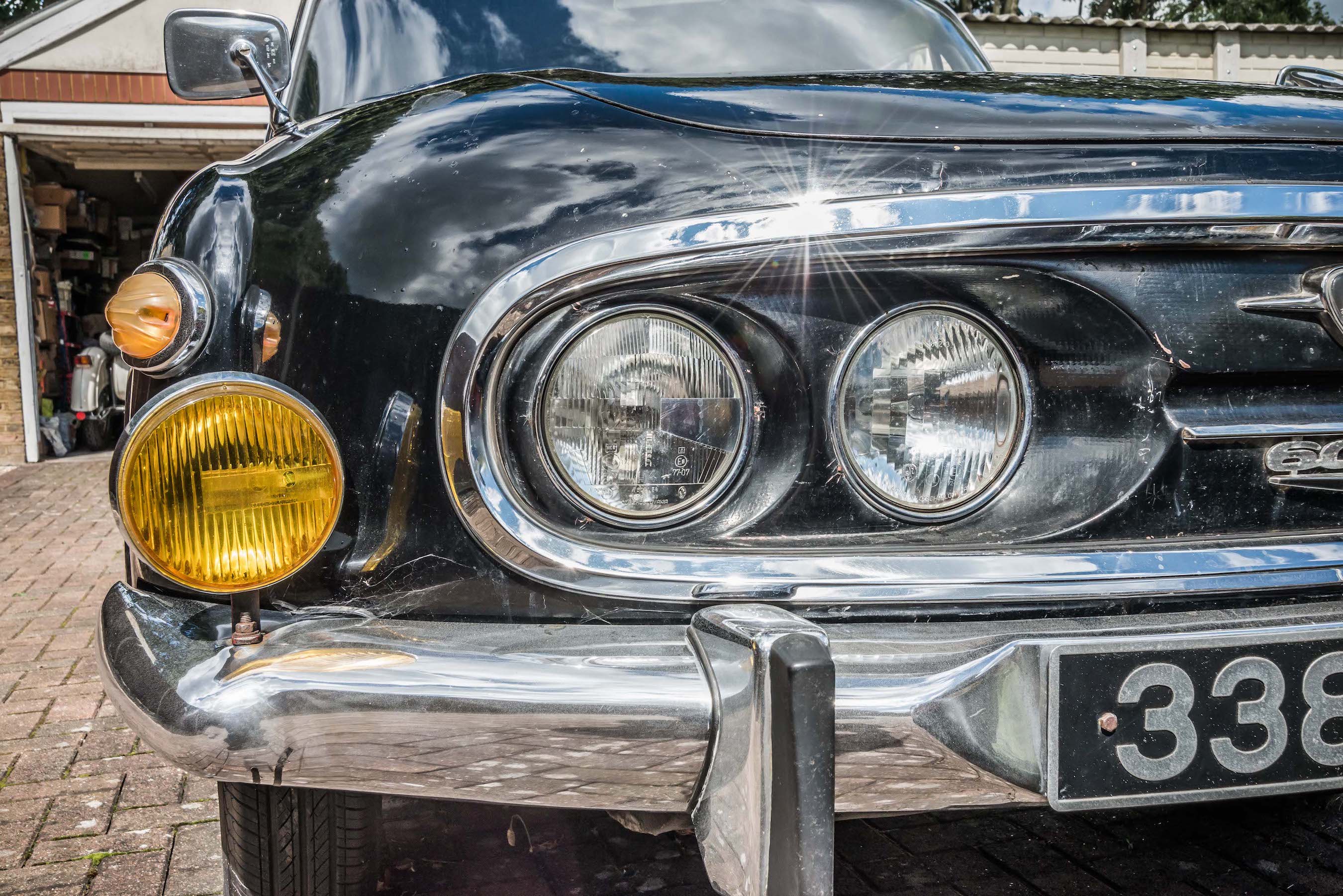
The inside of Peter’s house is every bit as remarkable as what’s outside, with a huge collection of miniature cars and aircraft almost covering one wall, along with an array of clocks from eastern Europe, old aircraft radios, and handbooks, guides and histories in multiple languages.
There genuinely appears to be nothing the 63-year-old doesn’t know about his vehicles, their history and the wider stories of these weird and wonderful vehicles.
From the age of 19 he’s been on an automotive voyage of discovery, delighting in the obscure, the offbeat, the technically unconventional – and bringing some tender loving care to the cars of the Eastern Bloc so often dismissed as crude and inefficient by the West.
Peter’s cars and motorcycles may not be to everyone’s tastes, but they’re every bit as exotic in their own fascinating way as any Ferrari, Lamborghini or Bugatti.
Coming soon, we’ll take a closer look at Peter’s vehicles.
Photographs by Simon Finlay.
CLICK TO ENLARGE











An excellent article; I rarely travel to west London, but a Zap would certainly attract my attention on the roads.
The Tatra was really revolutionary. It had an air-cooled (I think V8) engine at the back. But it had swing axle rear suspension which made it unstable. Too expensive for the people, it was only available for top Party officials
I remember some of these from when I lived out in Ukraine and Slovakia, thanks for posting
Most ‘Iron Curtain’ vehicles are, as Peter says, strong, reliable and easy to fix. In the 80s and 90s, before and after the Berlin Wall came down, I visited many Eastern Bloc countries as a photographer and brought home several vehicles including two Russian GAZ69 jeeps and various two-stroke motorcycles.